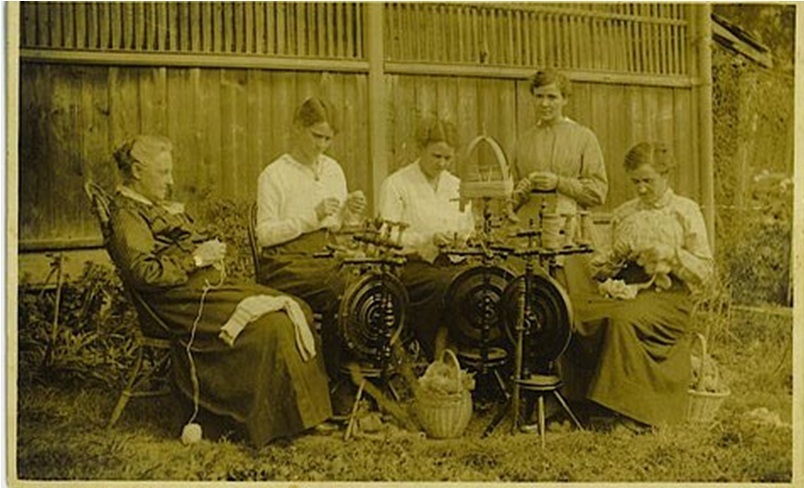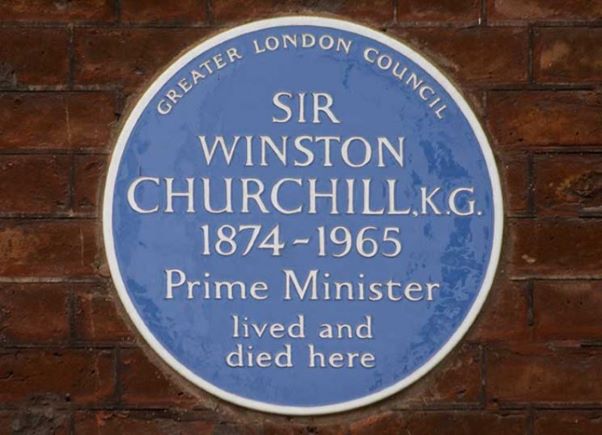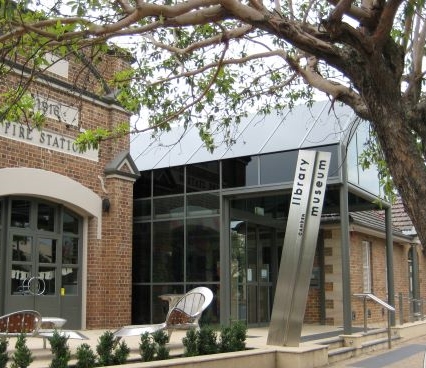

During both world wars, women in Camden were involved in an incredible patriotic initiative.
But up until now the story of the Camden Red Cross sewing circles has been largely ignored or unknown by most people.
On the weekend, this Camden legend was among the first 17 Blue Plaque recipients announced by the NSW Government.
Borrowed from London’s Blue Plaques program, pictured, great stories and events were nominated by local communities across the state of NSW.
And among the 17 was the Camden Red Cross sewing circles of World War I and II.
And no wonder.
These incredible women made a massive difference to the Australian war effort both times, producing various items of clothing for the troops both overseas and at home.
Just consider these figures: Between 1914 and 1918, women from the Camden Red Cross sewing circle made more than 20,300 articles from more than 40,000 volunteer hours.
During World War II, 1940 to 1946, these patriotic women made over 25,000 articles from more than 45,000 volunteer hours.
It is estimated that up to 100 women from the Camden area joined the initiative in both wars.
The Blue Plaque will be placed on the front of Camden Library in John Street in the second half of the year. This building first served as the Camden School of Arts and later Camden Town Hall.
The wording of the plaque will say: Camden Red Cross patriotic wartime sewing circles – 1914-1918, and 1940-1946.
Camden History Notes has just published the story below about the patriotic deeds of the Camden Red Cross women:
The Camden Red Cross sewing circles were one of Camden women’s most important voluntary patriotic activities during World War One and World War Two.
The sewing circles started at the Camden School of Arts in 1914, and due to lack of space, moved to the Foresters’ Hall in Argyle Street in 1918.
At the outbreak of the Second World War, sewing circles reconvened in 1940 at the Camden Town Hall in John Street (the old School of Arts building – the same site as the First World War)
These sewing circles were workshops where Camden women volunteered and manufactured supplies for Australian military hospitals, field hospitals and casualty clearing stations. They were held weekly on Tuesdays, which was sale day in the Camden district.
Sewing circles were “quasi-industrial production lines’’ where Camden women implemented their domestic skills to aid the war at home.
They women cut out, assembled, and sewed together hospital supplies, including flannel shirts, bed shirts, pyjamas, slippers, underpants, feather pillows, bed linen, handkerchiefs, and kit bags. The workshops were lent a number of sewing machines in both wars.

The sewing circles also coordinated knitting and spinning for bed socks, stump socks, mufflers, balaclava caps, mittens, cholera belts (body binders) and other items. The women also made hussifs or sewing kits for the soldiers.
During the First World War, the sewing circles attracted between 80-100 women each week. The list of items was strikingly consistent for hospital supplies for both wars, with the only significant addition during the Second World War being the knitted pullovers and cardigans.
The operation of the sewing circles was fully funded through the fundraising of Camden Red Cross and community donations. In 1917 alone, over 95 percent of branch fundraising was dedicated to these activities.
In World War I, other Red Cross sewing circles in the Camden district were located at The Oaks, Camden Park, Theresa Park, and Middle Burragorang.
During World War II, other centres across the local area included Bringelly-Rossmore, Menangle, Narellan, and The Oaks. Each group independently funded its activities.
These patriotic voluntary activities by Camden women were part of the war effort at home and have received little recognition at a local, state or national level.
Wartime sewing and knitting have been kept in the shadows for too long. There needs to be a public acknowledgement of the patriotic effort of these women.
The Sidman women who volunteered their time and effort during the First World War for the Camden Red Cross. Picture courtesy of Camden Images and Camden Museum.



